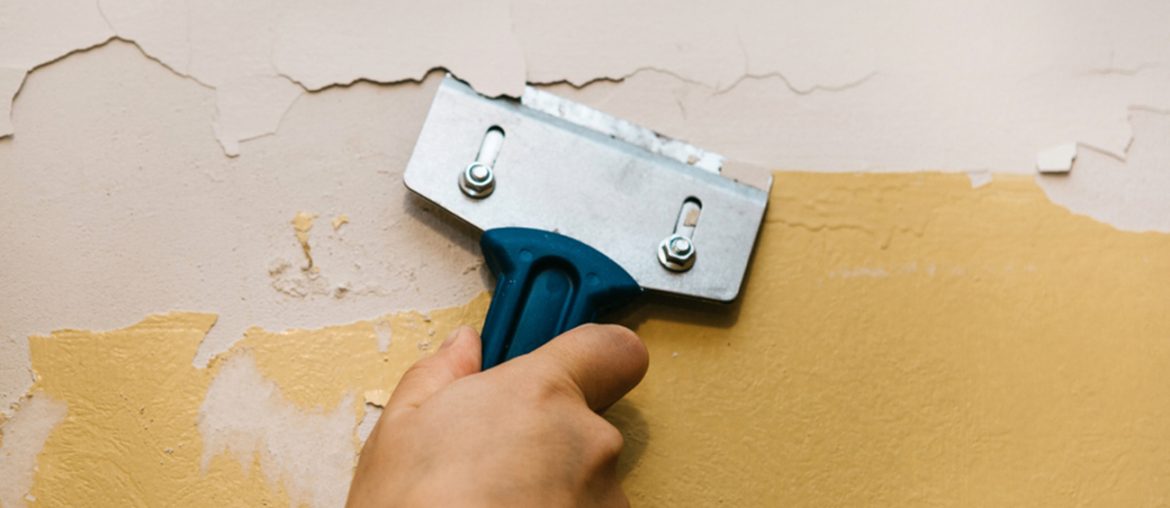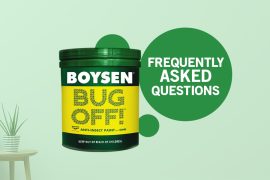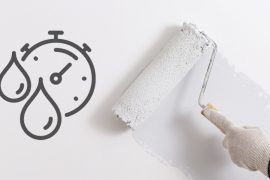If you’ve come across one of Let It B’s repainting guides, you’ll know that repainting over an area that already has paint on it will require you to do surface prep work. One of the steps involves either sanding the old paint so the new paint can better adhere to it or scraping all the old paint off and starting from a bare surface.
So, how do you tell which one you need to do? Wonder no more. Here’s how to know if old paint should be removed before repainting. (Reminder: When in doubt, it’s always best to consult a professional painter or contractor.)
If Paint Problems are Present
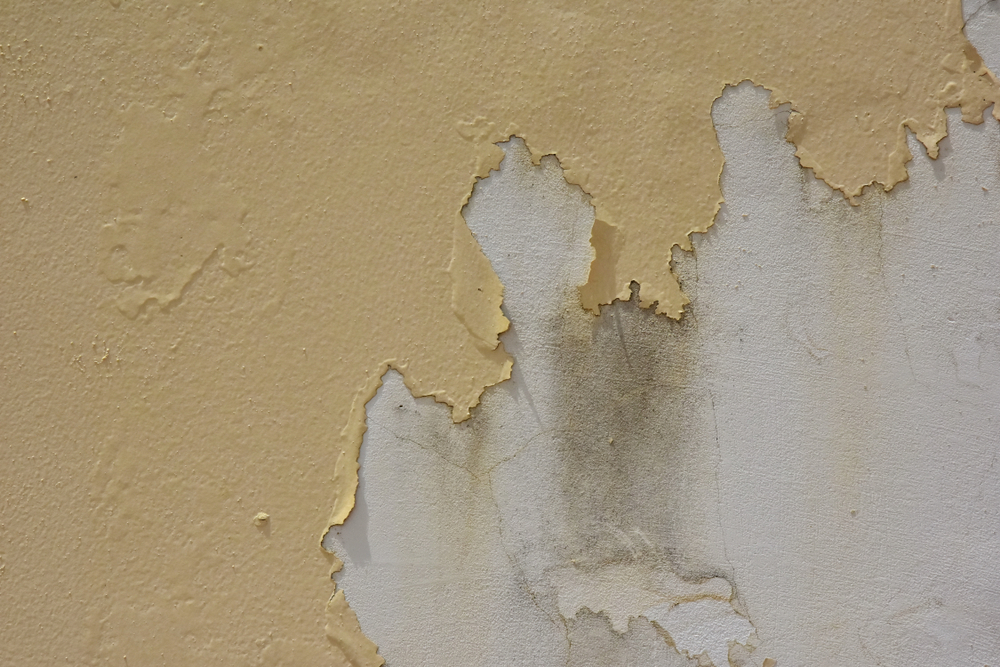
Sometimes, you just want to finish a project as quickly as possible. It would definitely be easier if you could just paint over your problems to make them go away. Certainly, there are some—such as having mold and mildew on your painted walls—that you can fix first and then repaint over without the need for scraping. (Just make sure these are not accompanied by other more severe paint problems. You’ll still need to scrape if so.)
However, there are also several paint problems where you should not skip certain steps. Simply applying another layer of paint will not solve the issue. You’ll likely be wasting time, effort, and money by doing so and will end up facing the same problem on your new coat.
When you notice these, you should scrape before repainting:
For some of the above, you’ll need to do more than scraping as well to truly get rid of the paint problem. Guides and step-by-step instructions for each can be found in the Common Painting Problems section of Let It B. You can also click the bulleted items above and it will take you straight to the blog post.
On the other hand, whether to sand or scrape when there’s cracking and chalking is determined on a case to case basis.
- With cracking, sanding may be sufficient when putty is enough to fill the cracks. If the cracking is severe, you will have to scrape then repair the cracks.
- With chalking, sanding may be sufficient when the reason for chalking is old paint and can be remedied with a chalk blocker. Otherwise, scraping the paint before repainting is recommended.
If There’s Paint Incompatibility
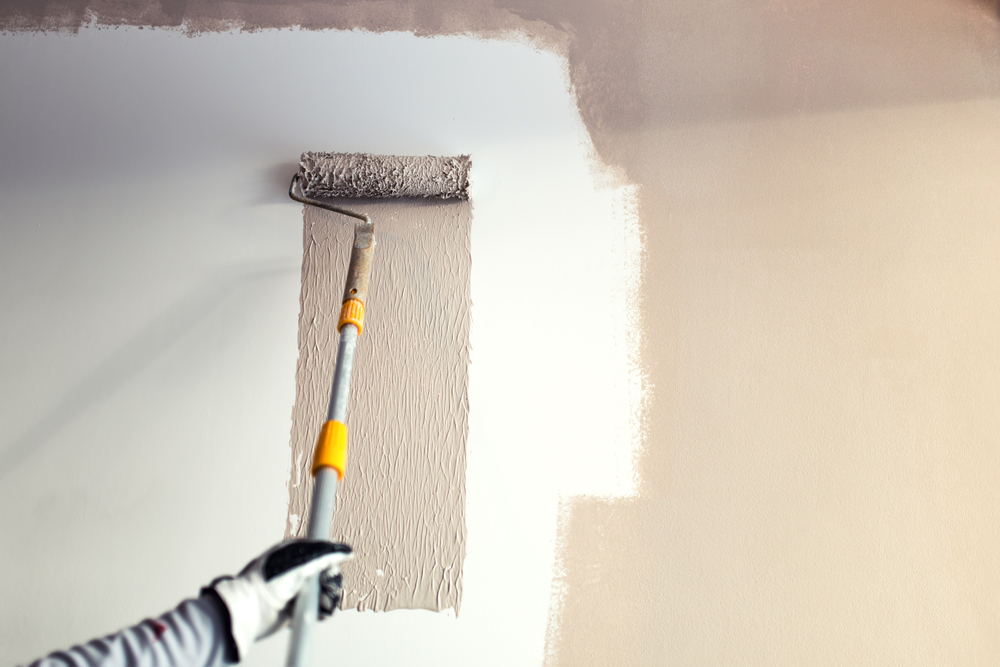
Did you know that your chosen paint product will also affect whether you need to sand or scrape when repainting? As you’re basically applying paint on top of paint, you’ll need to consider whether your new paint is compatible with your old one.
Applying paint of a higher solvency over paint of a lower solvency can cause problems. An example of this would be applying a solvent-based paint, like Boysen Acrytex, on top of water-based paint, like Boysen Permacoat Latex. You’ll end up with adverse reactions such as paint that will wrinkle, be easily scraped off, and other troublesome issues.
For those new to painting, it can be difficult to tell which paint products can be used together in the same project. Here are three very helpful starting tips for avoiding paint incompatibility:
- First, follow the manufacturer’s painting schedule (learn more about it here).
- Second, read the product label in full. The Boysen Acrytex product label, for example, will tell you that you will need to scrape your surface to bare if you’re repainting and the existing paint on your walls is not Boysen Acrytex.
- Third, ask an expert! They will know what paint product can go on top of your existing paint.
When You Don’t Need to Scrape
Sanding may be enough if the existing paint on the surface is generally still in good condition. This means that the paint is still intact and showing no signs of worrying paint problems. In addition to that, as mentioned, there’s no need to scrape if the new paint product you’ve chosen is also compatible with your old one.
If you have any more questions on repainting or have inquiries about Boysen products, feel free to ask us! Send an email to ask@myboysen.com or call (02) 8363-9738 local 413 to 418 during office hours.

